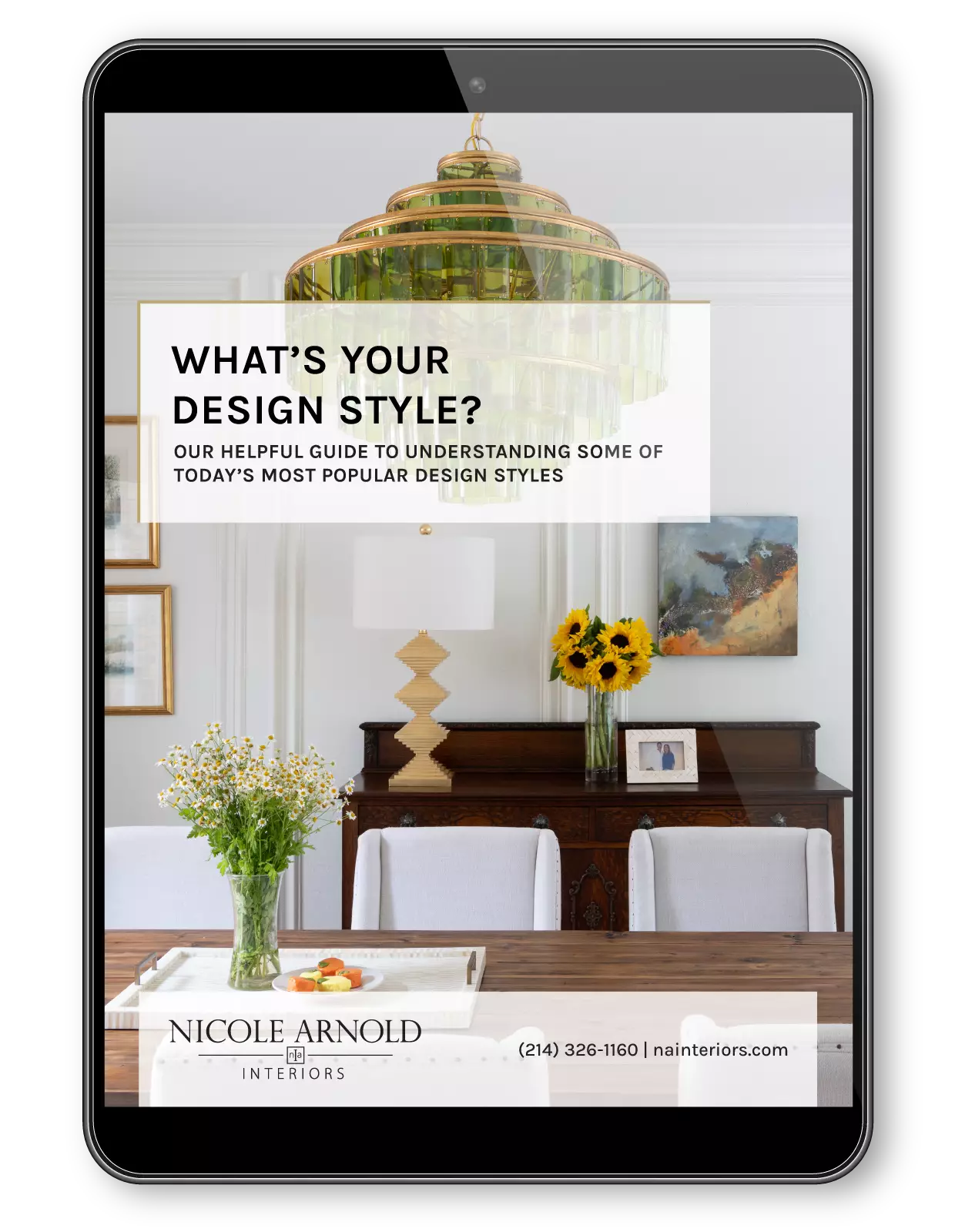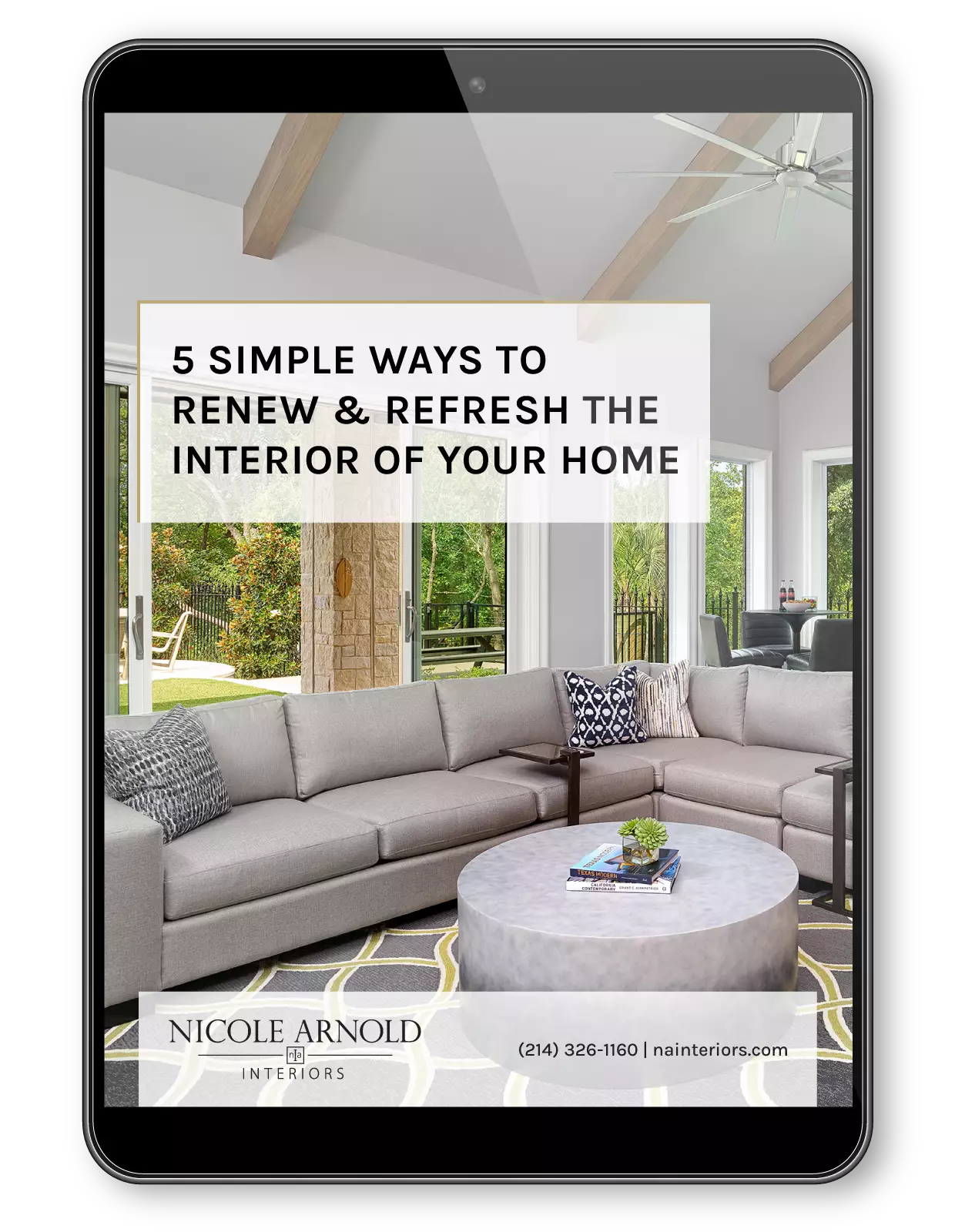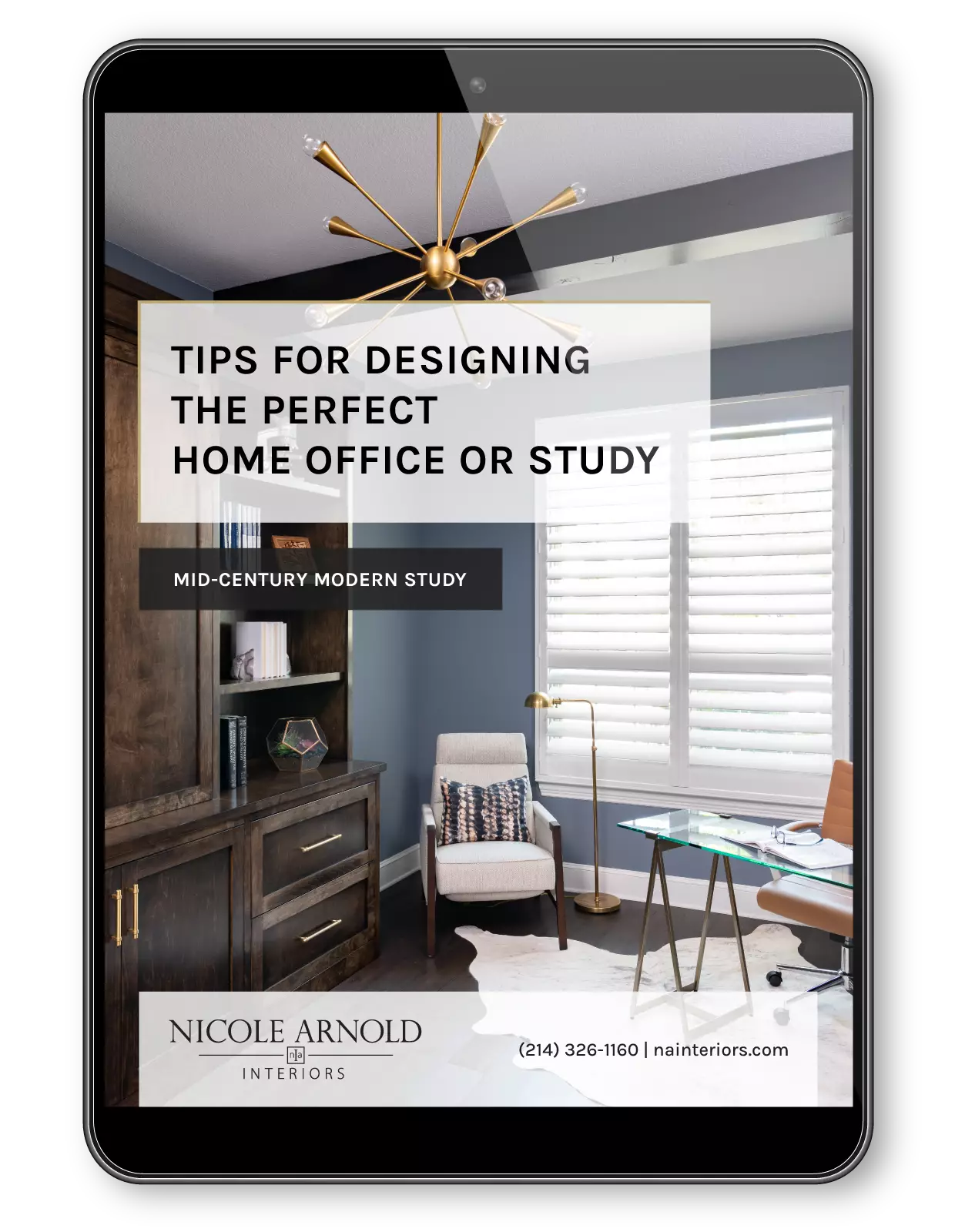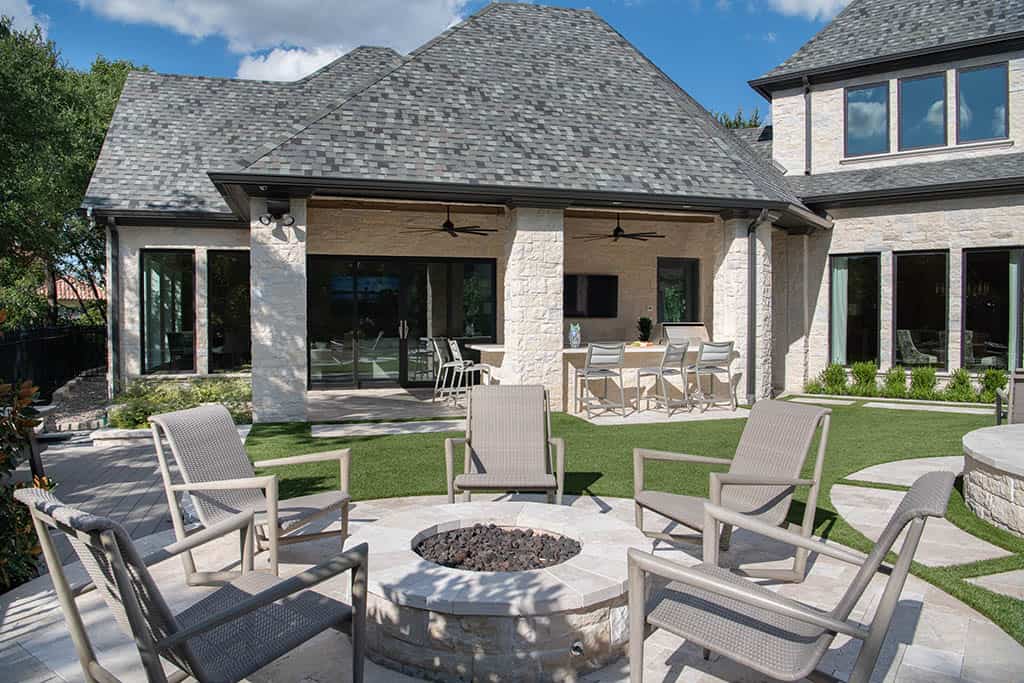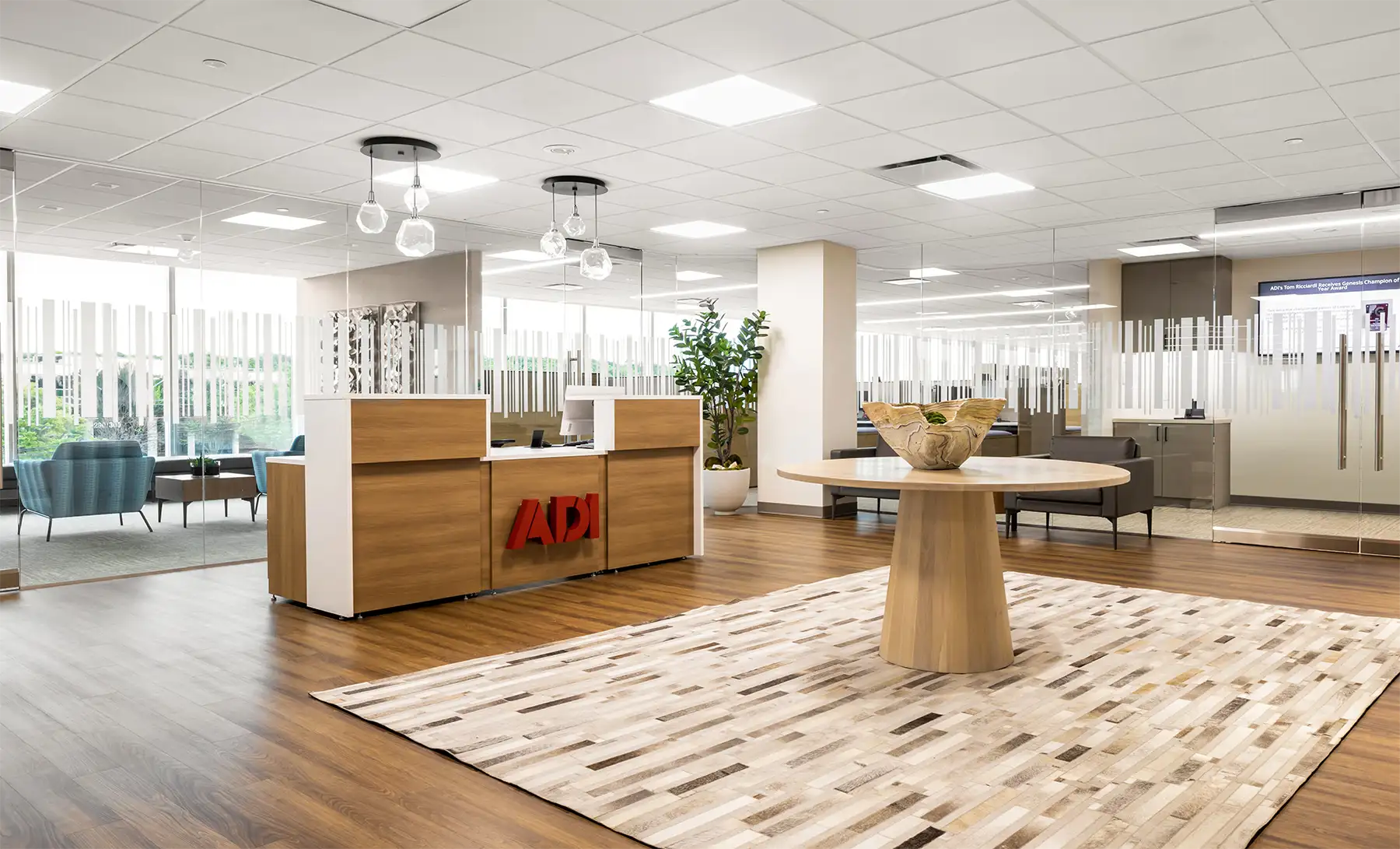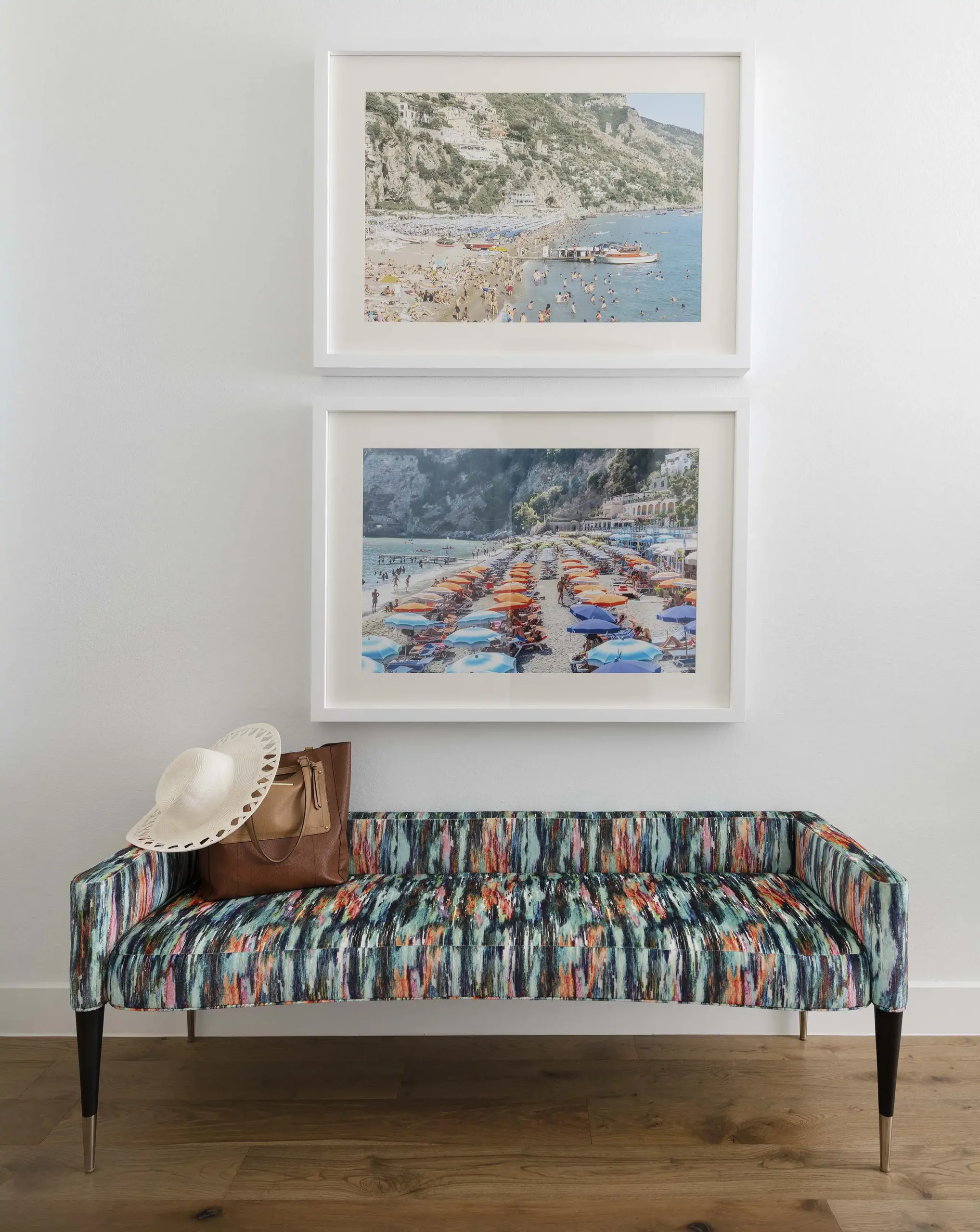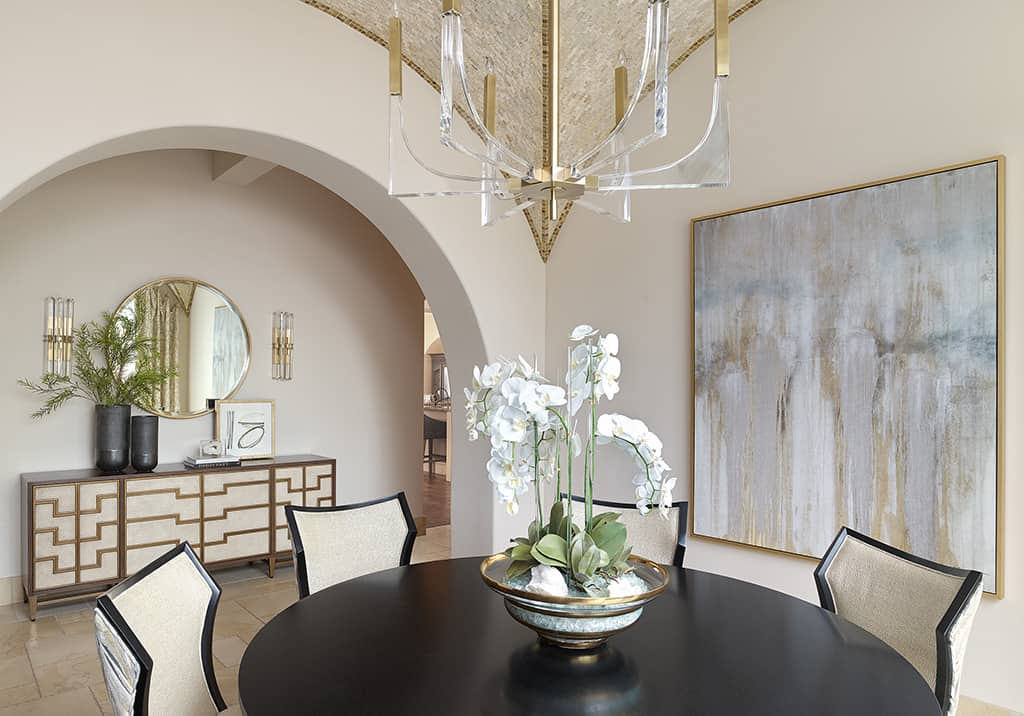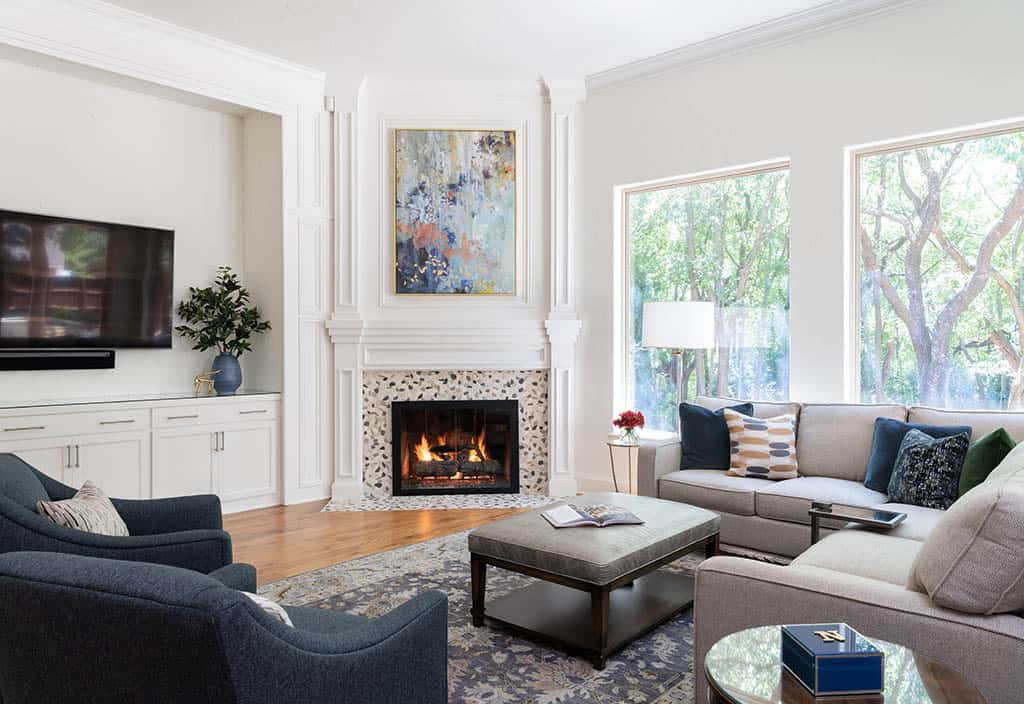
Interior design is both a science and an art.
When designing a space, we are creatively working to evoke a particular concept or emotion. This is the same process a painter uses. He starts with an idea or inspiration he’d like to convey. He develops this into a full concept and then paints that gorgeous piece we see hanging in the museum.
Interior design is similar.
Because interior design follows the same rules as art, it’s important to keep in mind that there is no right or wrong. A space must be functional. It must serve its purpose. But fundamentally, what makes one space “beautiful” and another “ugly” is simply a matter of opinion. A space will look great to some and maybe only “so-so” to others.
It’s subjective.
However, that’s also the beauty of interior design—it affords each person the ability to be unique. Because every space can be completely different, we’re allowed to be who we are and live how we want. Each design is as unique as our distinct personality.
Science-based Interior Design
That said, it’s true that there are also very scientific aspects of interior design. Certain elements are grounded in math, for instance. These can get extraordinarily technical. Room measurements, geometry and color balance can be very precise. If you’re not skilled at these basic concepts it can be difficult to achieve the look and feel you want in a space.
Now, I agree, there are rules in interior design; but they should never be followed for their own sake. They’re merely the path we take to arrive at our end goal. They’re tools we use to create the outcome we’re looking for.
An example of this is geometry. You don’t want everything in your space to be squared off, right angles because it has the tendency to look too edgy and harsh. Another example is scale and space planning—how to integrate furniture into a particular space. It’s important to consider the proper height, width and depth of furnishings and draperies to ensure the overall design of the room looks proportional. These are the foundational elements you have to consider when designing a room—the “science” of design.
Another example is lighting. Sometimes the colors in a room are too “cool.” Simply changing the light bulbs from CFLs to incandescent bulbs (or my favorite, GE Reveal bulbs) will completely change the way we perceive the color temperature of the furnishings and décor in the room.
A Foundation of Science. The Finishing Touch of Fine Art.
These are foundational elements. They’re objective. They’re scientific. You have to know them well to arrive at the outcome you’re seeking. However, outside of these, design is subjective—it’s art. And that’s important for us to remember.
Because after all, who’s “right”? Rembrandt or Picasso? Monet or da Vinci?
Design is beauty. Beauty is art. Art is opinion. And opinion is individual.
And that’s a wonderful thing—because that allows us to express our own unique personality and individuality.
Here’s to your masterpiece!


